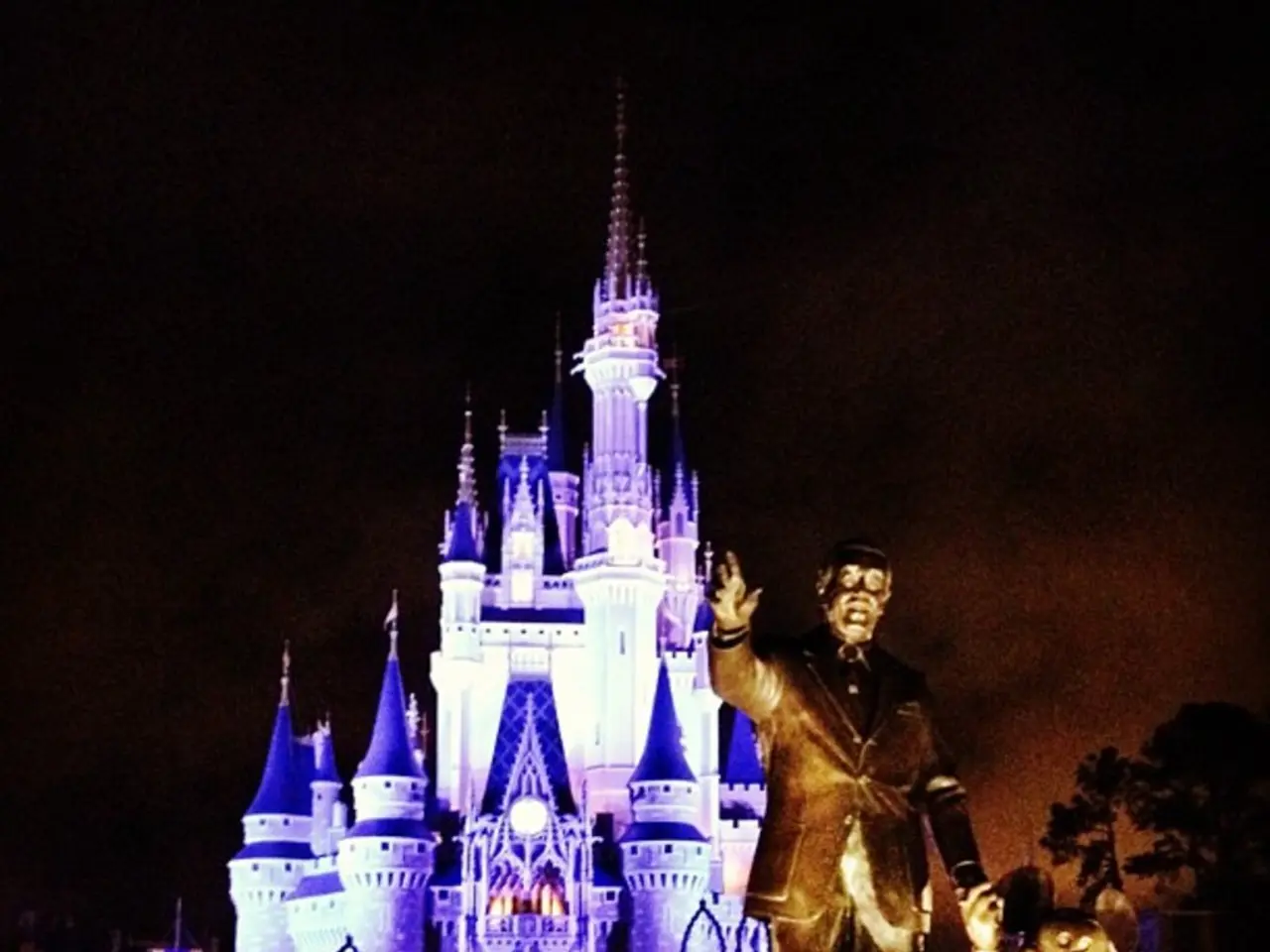Bavaria's Enchanted Castles now designated as a World Heritage site in Germany. - Bavarian fairy-tale castles in Germany now recognized as a world heritage site
Neuschwanstein Castle, nestled in the picturesque Allgäu region of Bavaria, Germany, has recently been designated as a World Heritage site by UNESCO. Recognised for its outstanding universal value as a source of inspiration for iconic fairytale castles, the castle is now under the spotlight for preserving its cultural and physical integrity.
In response to this prestigious designation, specific visitor management strategies are being recommended to mitigate the potential negative impacts of tourism on the site. While the exact UNESCO guidelines for Neuschwanstein are yet to be detailed, typical practices for sensitive heritage sites include controlling visitor numbers and flow, restricting certain activities, limiting access to vulnerable areas, providing adequate visitor facilities, ensuring sustainable transport arrangements, and ensuring responsive management to visitor complaints and continual monitoring.
With a timed ticket system, tour groups enter the castle sequentially and are accompanied by audio guides, helping regulate movement inside the building. Photography and bag sizes are restricted to prevent potential damage and distraction during tours. Adequate visitor facilities outside the castle, such as restrooms, cafes, and souvenir shops, are provided to disperse crowds and reduce congestion inside the heritage site. Sustainable transport options like timed carriage rides to and from the castle are being implemented to manage the steep uphill climb without causing environmental damage or discomfort to visitors.
The Bavarian authorities and castle management are expected to develop and implement a comprehensive visitor management plan aligned with UNESCO’s conservation standards. The focus will be on preserving Neuschwanstein’s authenticity and integrity while accommodating tourism sustainably.
It is worth noting that Neuschwanstein Castle is said to have served as inspiration for the "Cinderella Castle" in Walt Disney's US theme park and resembles the castle of Sleeping Beauty in Disneyland Paris. With over 1.7 million visitors last year, the castle is one of the most famous tourist attractions in Bavaria.
The castles of King Ludwig II, including Neuschwanstein, Herrenchiemsee, Linderhof, and Königshaus am Berg Schachen, have been designated as World Heritage Sites by UNESCO. The Bavarian Palace Administration has an obligation to maintain and protect these sites in the long term. After renovations, only 45 visitors per group are allowed in Neuschwanstein at any given time to ensure its preservation.
The designation process included decisions by the Landtag, citizens' decisions, and inclusion on the German tentative list by the Standing Conference of the Ministers of Education and Cultural Affairs. The UNESCO recommends establishing a more comprehensive strategy for visitor management to prevent negative impacts on the castles' outstanding universal value.
In conclusion, the key visitor management strategies being recommended or implied for Neuschwanstein Castle to protect its Outstanding Universal Value include timed entry and group size regulation, guided tours with audio support to control visitor flow, restrictions on photography and bag size, provision of visitor amenities outside the castle to reduce pressure, sustainable transport options on the approach route, and responsive management to visitor complaints and continual monitoring. These measures collectively help prevent physical degradation, overcrowding, and loss of cultural atmosphere, safeguarding the castle’s heritage for future generations as per UNESCO’s standards for World Heritage sites.
The Commission, comprising of the European Parliament and the Council, will collaborate with the Commission in the preparation of the annual report on the implementation of the programme, focusing on the sustainable management of tourist attractions like Neuschwanstein Castle, which, with its home-and-garden charm and alluring travel appeal, continues to attract millions of visitors each year. As the castle undergoes renovations and adopts a more sustainable lifestyle, with only 45 visitors permitted per group at a time, it sets an example for other heritage sites in preserving their universal heritagevalue.




